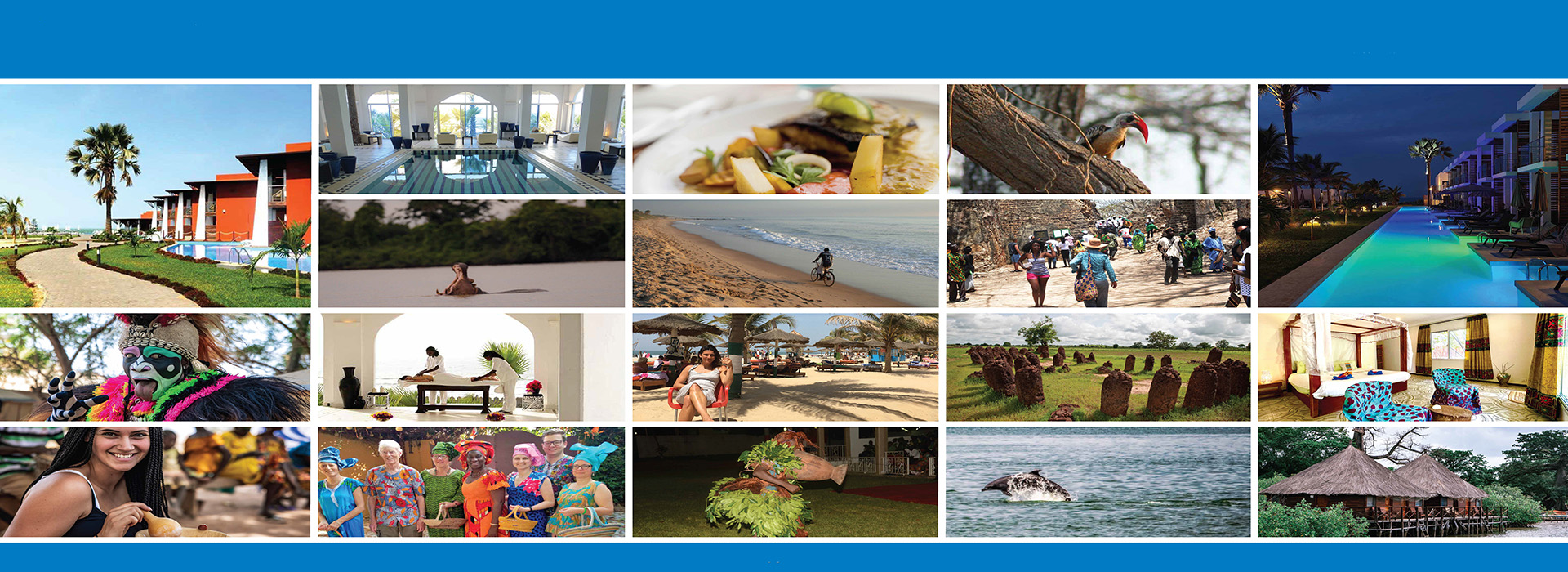The first written accounts of the West Africa region came from records of Arab traders in the 9th and 10th centuries AD, who established the trans – Saharan trade route for slaves, gold and ivory. The Portuguese took over this trade using maritime routes in the 15th century. At that time, The Gambia was part of the Mali Empire. Between 1651 and 1661 part of Gambia was (indirectly) a colony of Polish-Lithuanian Commonwealth. The Colanders settled on the kunta Kinteh Island (James Island), which they called St. Andrews Island and was used as a trade base from 1651 until its captivity by the British in 1661.
Historic sites & Monuments
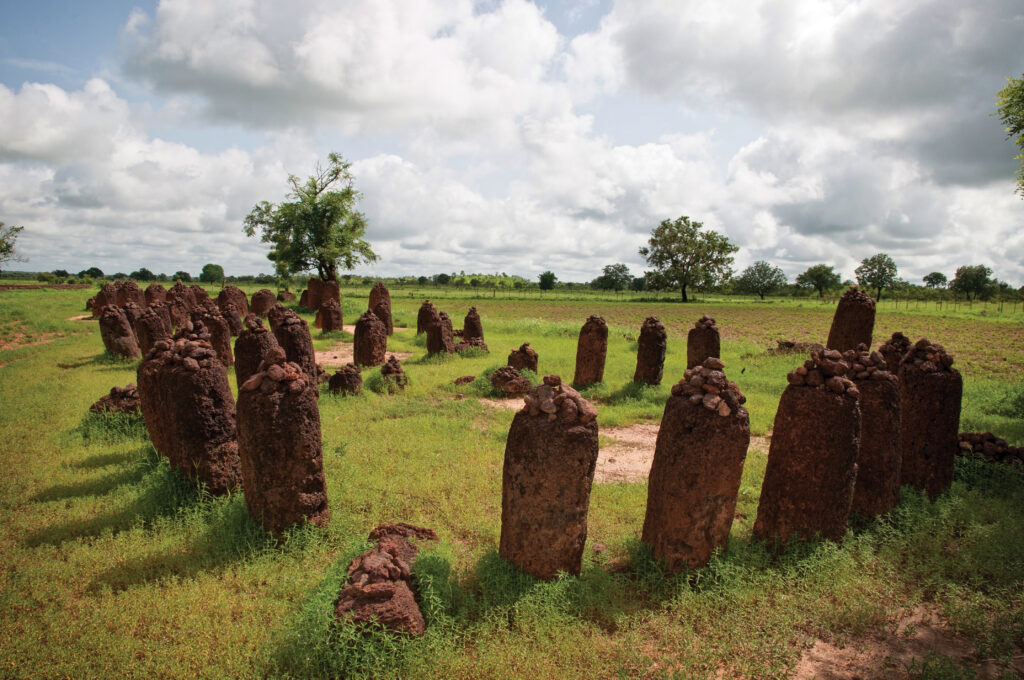
Stone Circles
the ancient Wassu Stone Circles encircle the area of Wassu within the Central River Region and Kerr Batch. These circles are thought to serve as burial grounds for ancient Kings and chiefs, dating back over 1,200 years to a period between 750-1000 AD. Interestingly, local folklore tells of a curse befalling those who disrupt the peace of the resting place.
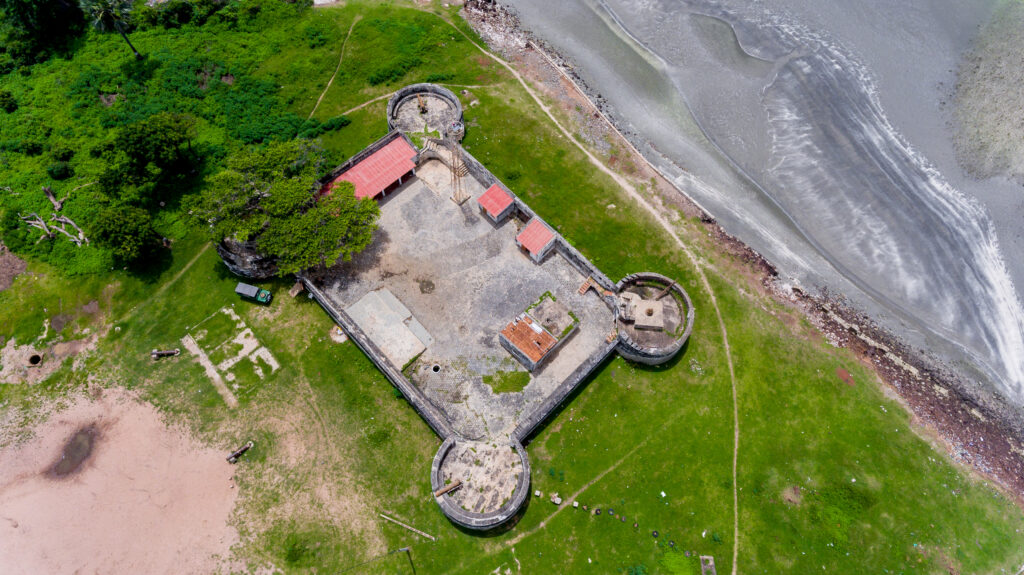
Fort Bullen
situated in Barra, which is on the northern bank of the Gambia River, near its mouth where it flows into the Atlantic Ocean. The fort holds significance as a colonial-era military structure and a UNESCO World Heritage Site. Fort Bullen was built during the mid-19th century by the British as part of their efforts to suppress the transatlantic slave trade.
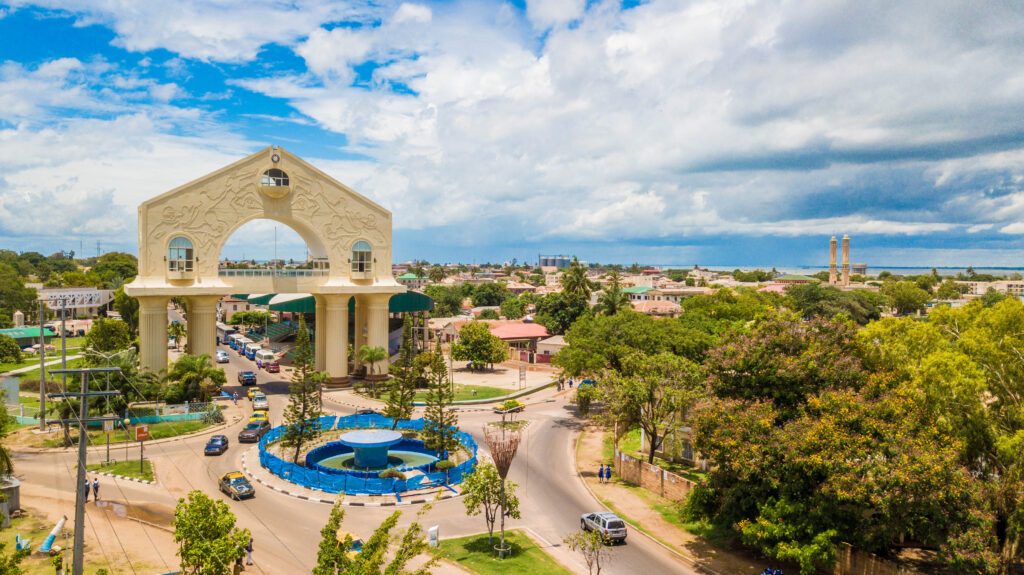
Arch 2022
Arch 22 stands as a commemorative arch situated along the road leading into Banjul, Gambia. Constructed in 1996, its purpose is to signify the military coup d'état that transpired on July 22, 1994. This event saw Yahya Jammeh and the Armed Forces Provisional Ruling Council overthrow the legitimately elected Gambian government led by President Sir Dawda Jawara.
Explore by Attraction
The Gambia, also know as the Smiling Coast of Africa, boasts a captivating and multifaceted history that intricately influences the lifestyles of its residents. From the iconic Kunta Kinteh Island to the architectural marvel of Arch 22, this nation is adorned with attractions that vividly portray its rich history. These attractions not only chronicle pivotal moments but also cater to the interests of every individual seeking to immerse themselves in our vibrant past.
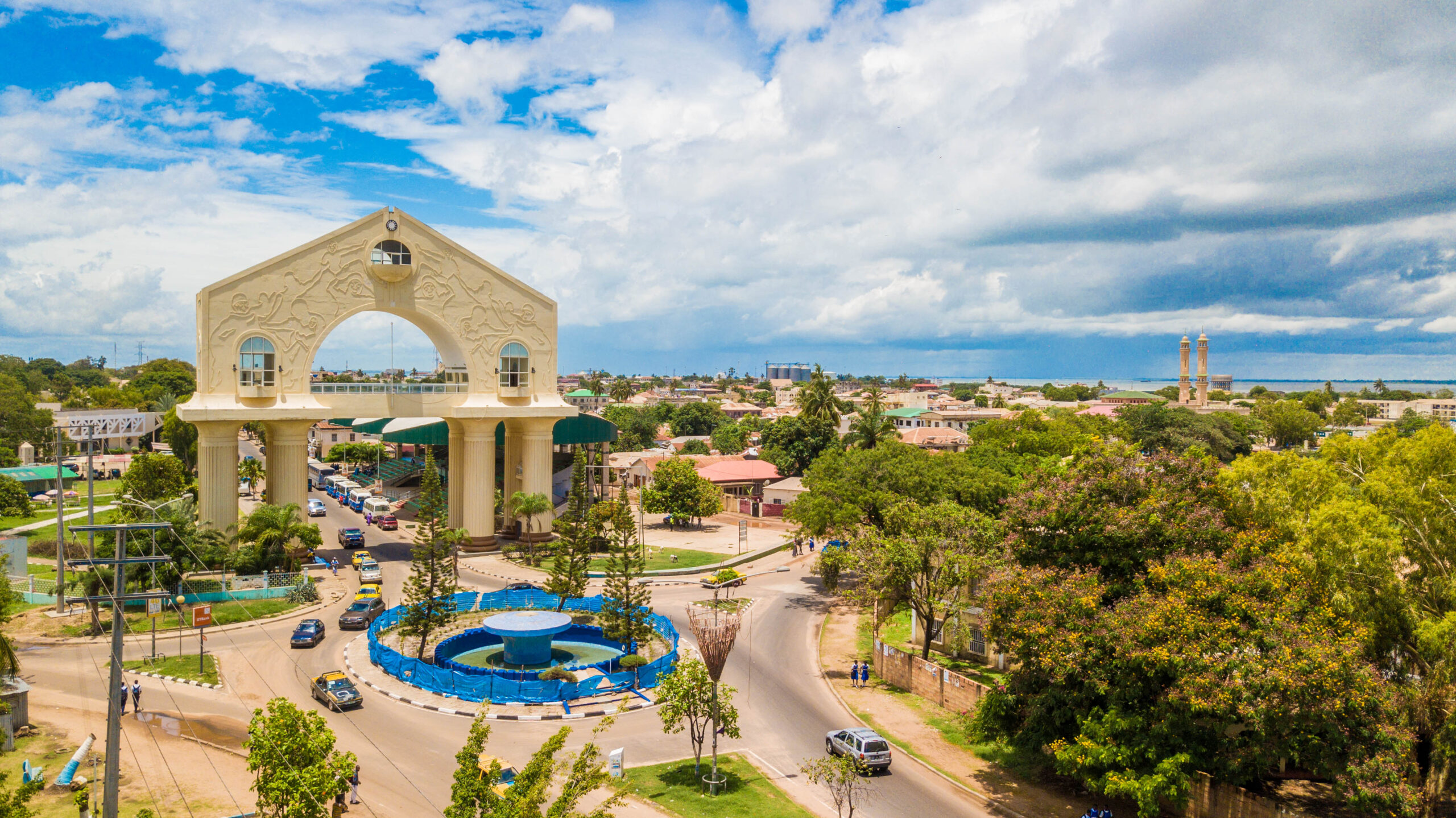
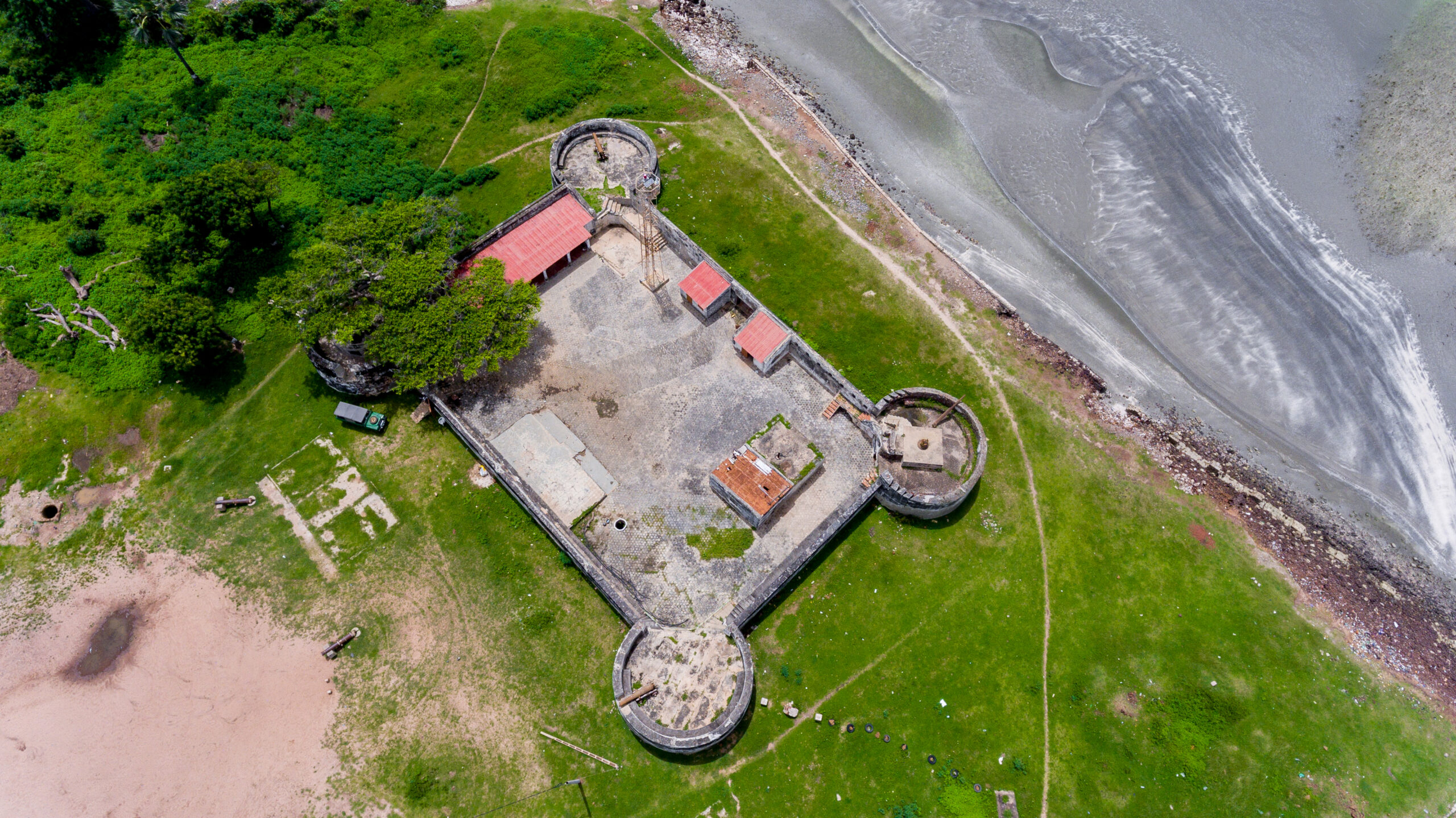
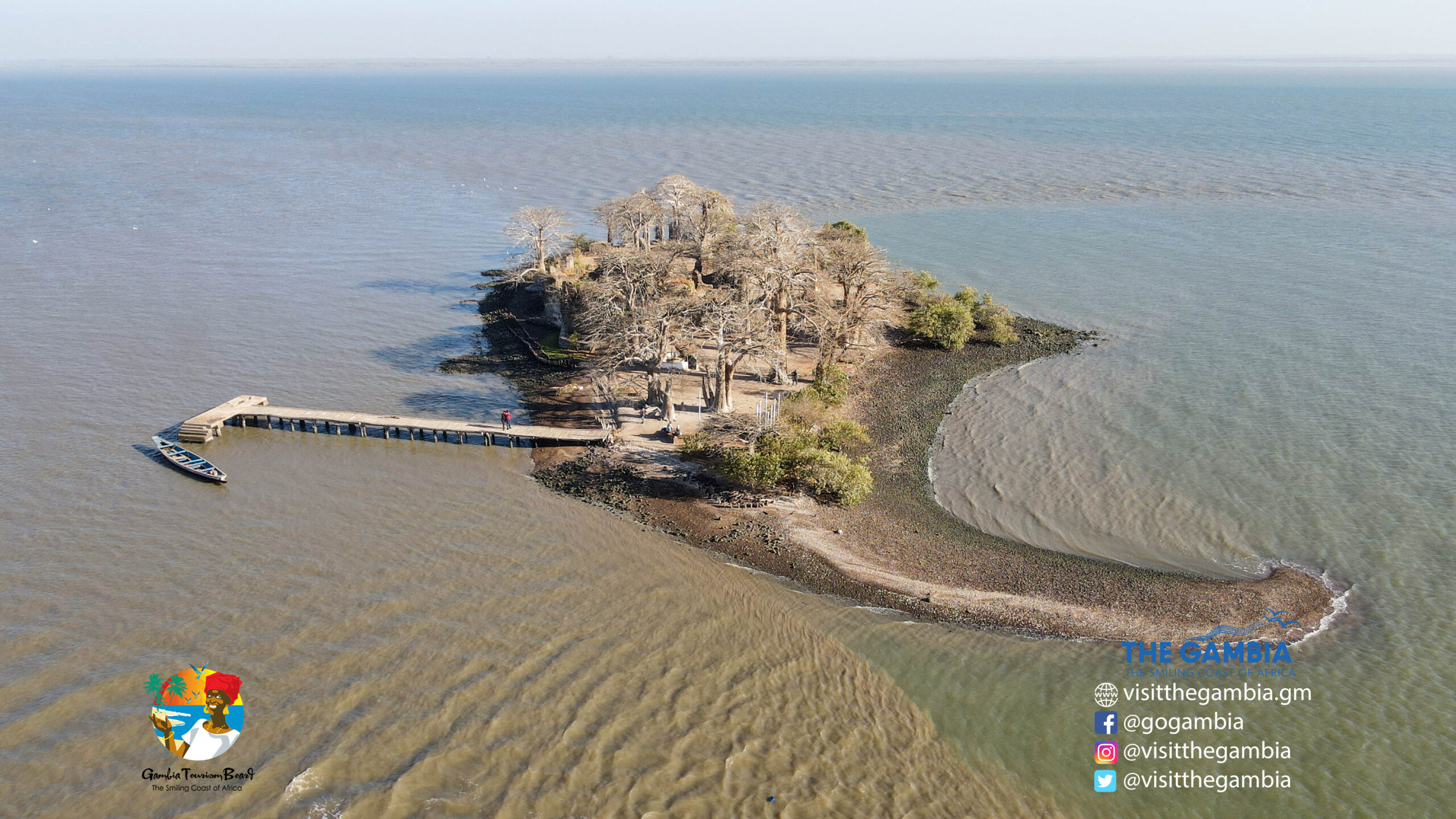
Learn more about our beautiful history
The gambia has rich and diverse history which has an influence on our culture. Colonialism, the transatlantic slave trade and the struggle for independence play a role in shaping our everyday life
The Gambia is inhabited by various ethnic groups such as the Mandinka, Fula, Jola, Wolof, serer etc.



